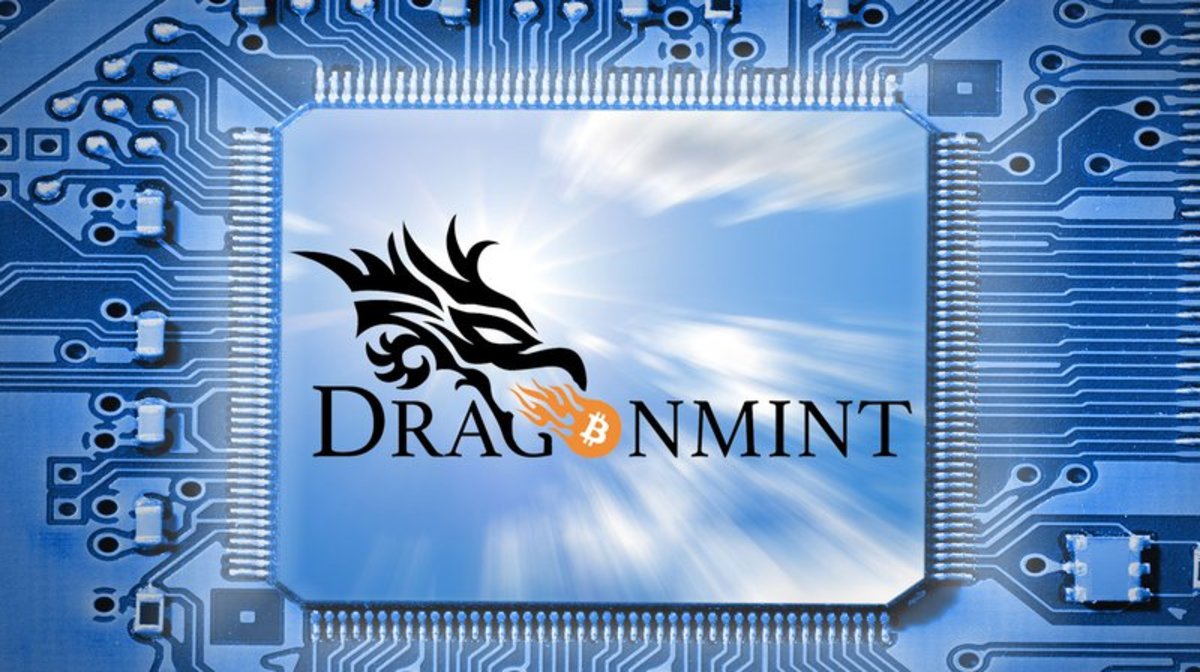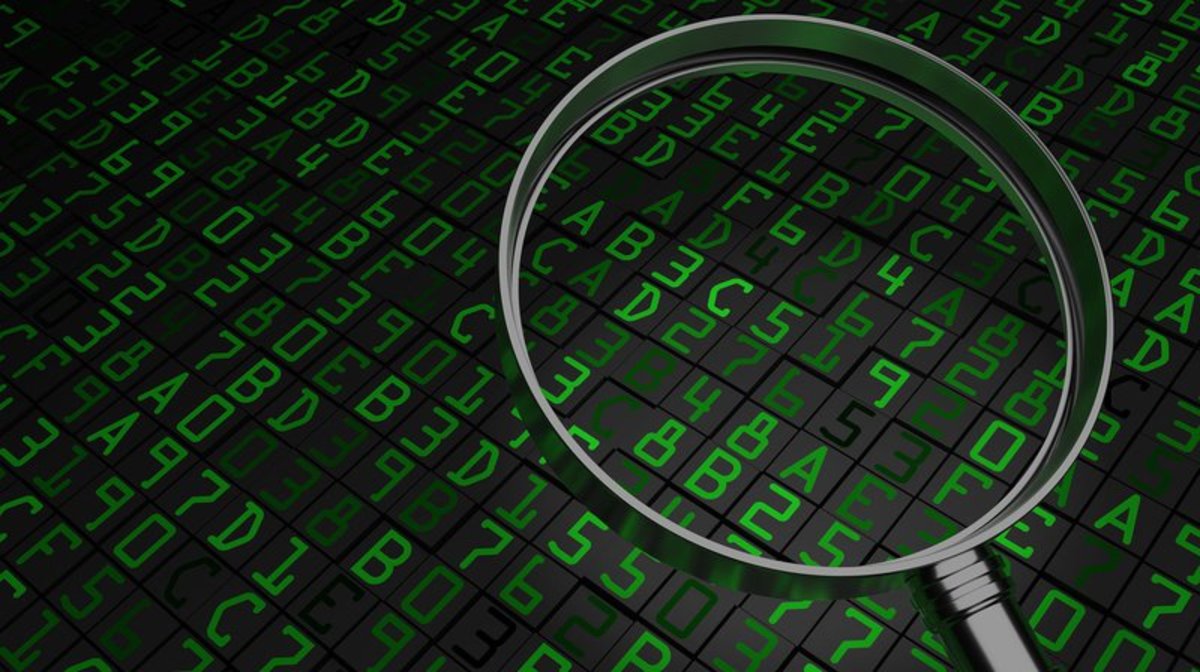
BtcDrak, the most active pseudonymous Bitcoin Core contributor to date, is making a move into the mining hardware industry. The developer, who besides having contributed to the Bitcoin Core repository also maintains bitcoincore.org and the Bitcoin Core Community Slack, told Bitcoin Magazine he helped set up ASIC chip manufacturing company Halong Mining over the past year, and produced an initial batch of mining hardware, with plans to ship to consumers in early 2018.
“We started a mining project with the aim to bring much needed competition to the market,” BtcDrak said. “We want to ‘make SHA256 great again.’”
The Miners
As listed on the company website, Halong Mining is launching a product line that consists of one machine for now: the DragonMint 16T. The miner — its name references the Dragons' Den, an (in)famous private chat channel on the Bitcoin Core Community Slack — is said to be equipped with newly designed chips and can produce a total of 16 terahashes per second. Importantly, BtcDrak claims that the machines are about 30 percent more energy efficient than the most efficient ASIC miner on the market right now, Bitmain’s AntMiner S9.
“The DragonMint will be the most advanced miner to date,” he said.
The main bottleneck to entering the ASIC market is typically capital: developing specialized chips from scratch is expensive. While BtcDrak preferred not to disclose much information about Halong Mining for now, he did note that the machines have been produced by a team with “serious expertise.”
According to the developer, Halong Mining has invested $30 million in research and development so far, with over 100 people involved, including chip designers, electronics hardware specialists and software designers.
“Research and development is not cheap, and we need a lot of diverse skills,” BtcDrak explained.
Halong Mining has now produced a prototype batch of DragonMint machines for testing and fine-tuning, BtcDrak said, but these will not be sold to the public due to risk of reverse engineering. He emphasized that the machines are working, however, adding:
“Other companies that want to enter the ASIC mining industry develop everything in simulations, and then the first presale batch tries to pay for small production. But the NRE [non-recurring engineering] and making wafers is fraught with difficulty; the first run is not easy to do well.”
Halong Mining published a video of a DragonMint on YouTube today. BtcDrak thinks the first mass-produced run of DragonMint miners will happen within about four months and begin to ship in March of 2018.
Apart from the DragonMint machines, he says Halong Mining will also be selling mining chips separately, in bulk.
The Competition
With the introduction of DragonMint miners, Halong Mining should offer an alternative for Bitmain’s mining hardware, which has dominated the market for the past few years. An estimated 70 percent or more of the hash power on the network today is produced by Bitmain machines, and around half of all hash power is pointed to mining pools that are either owned by or closely affiliated with Bitmain, such as AntPool, BTC.com, ConnectBTC and ViaBTC.
“One manufacturer as a monopoly is not good for Bitcoin,” BtcDrak said. “Centralization in mining is a problem regardless of how benevolent you are. If there is a center, then governments and criminals can attack it. Decentralization protects the entire system and all its participants. So I wanted to bring competition.”
Bitmain in particular has also not made itself popular within segments of the Bitcoin community over the past years. The Chinese ASIC manufacturer was at the center of the AsicBoost and Antbleed controversies. And perhaps more importantly, some speculate that the company exerted its influence over the mining ecosystem by allowing or limiting hardware sales based on how hash power from the machines was used. Bitmain has always denied this is the case, however.
Halong Mining wants to distribute ASIC miners “far and wide to help decentralize mining,” BtcDrak said, adding that the company is considering open sourcing its board designs and software. This would help new manufacturers get a foothold in the industry, building on the research already done by Halong Mining over the past year.
BtcDrak concluded:
“There is a lot at stake here. A lot of time and money has been invested … and we have a huge opportunity to bring more diversity to Bitcoin mining, and in turn help secure the network more.”
This article was slightly updated, in part to better reflect the scope (and limits) of our knowledge about Halong Mining and the DragonMint machines.










